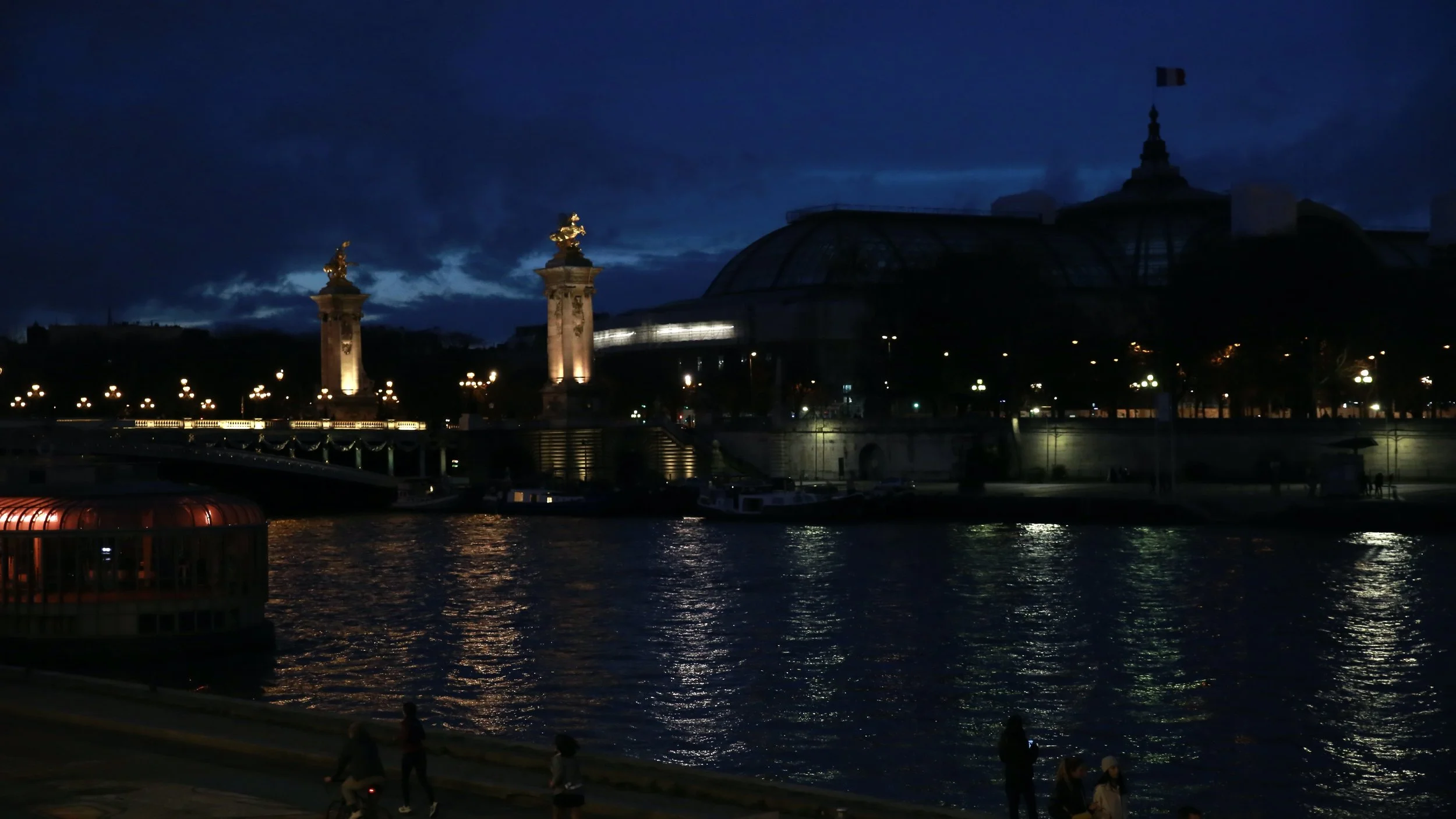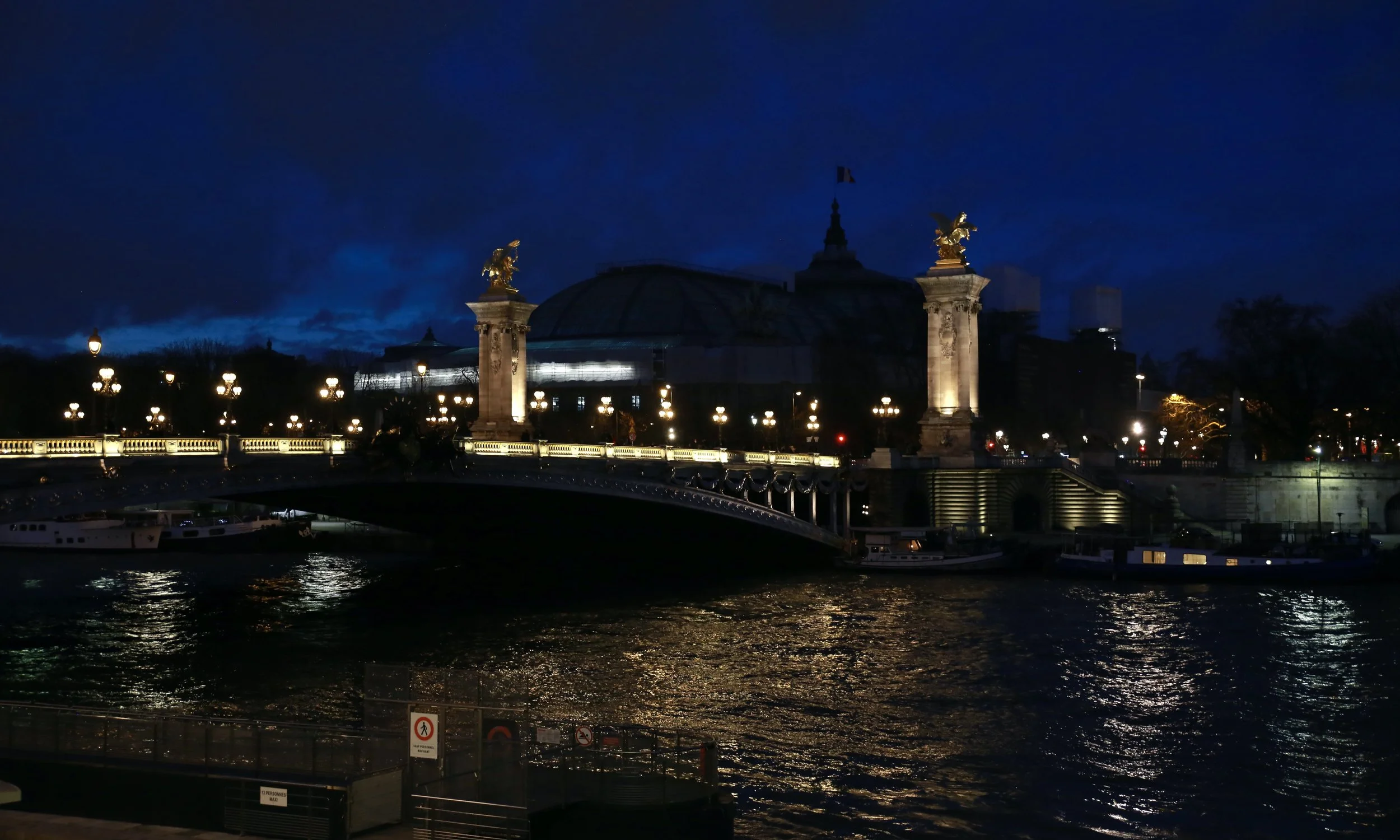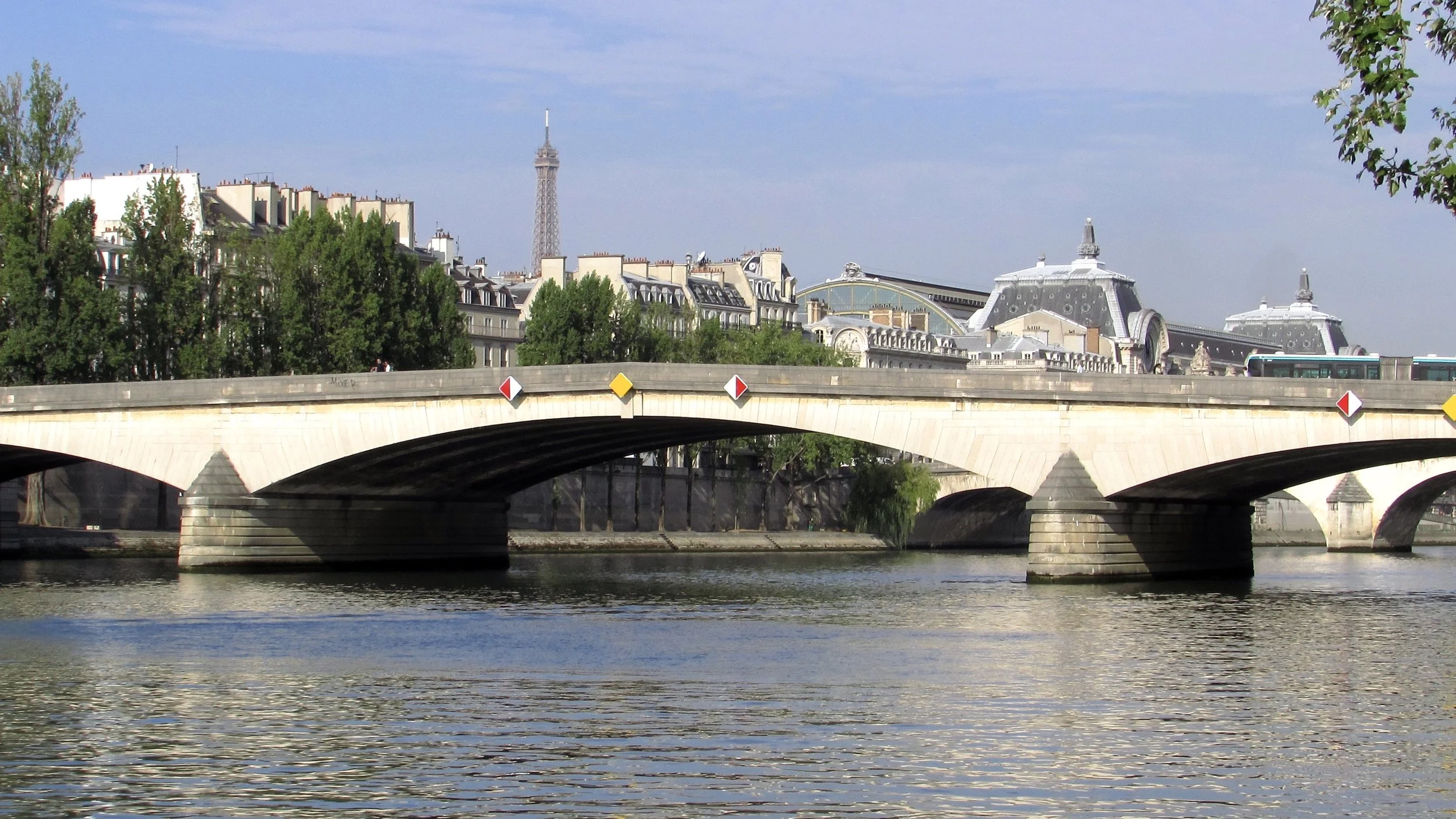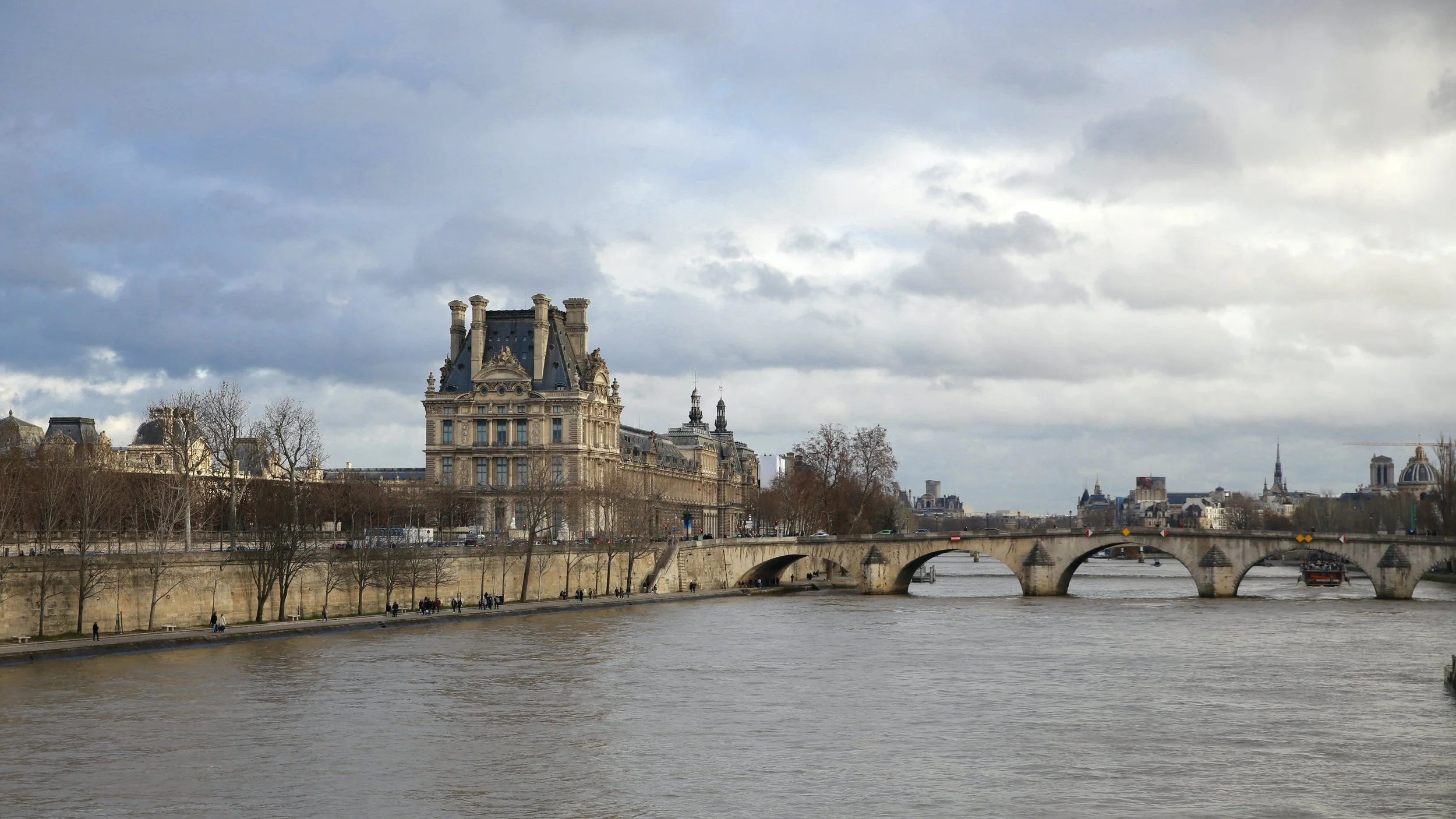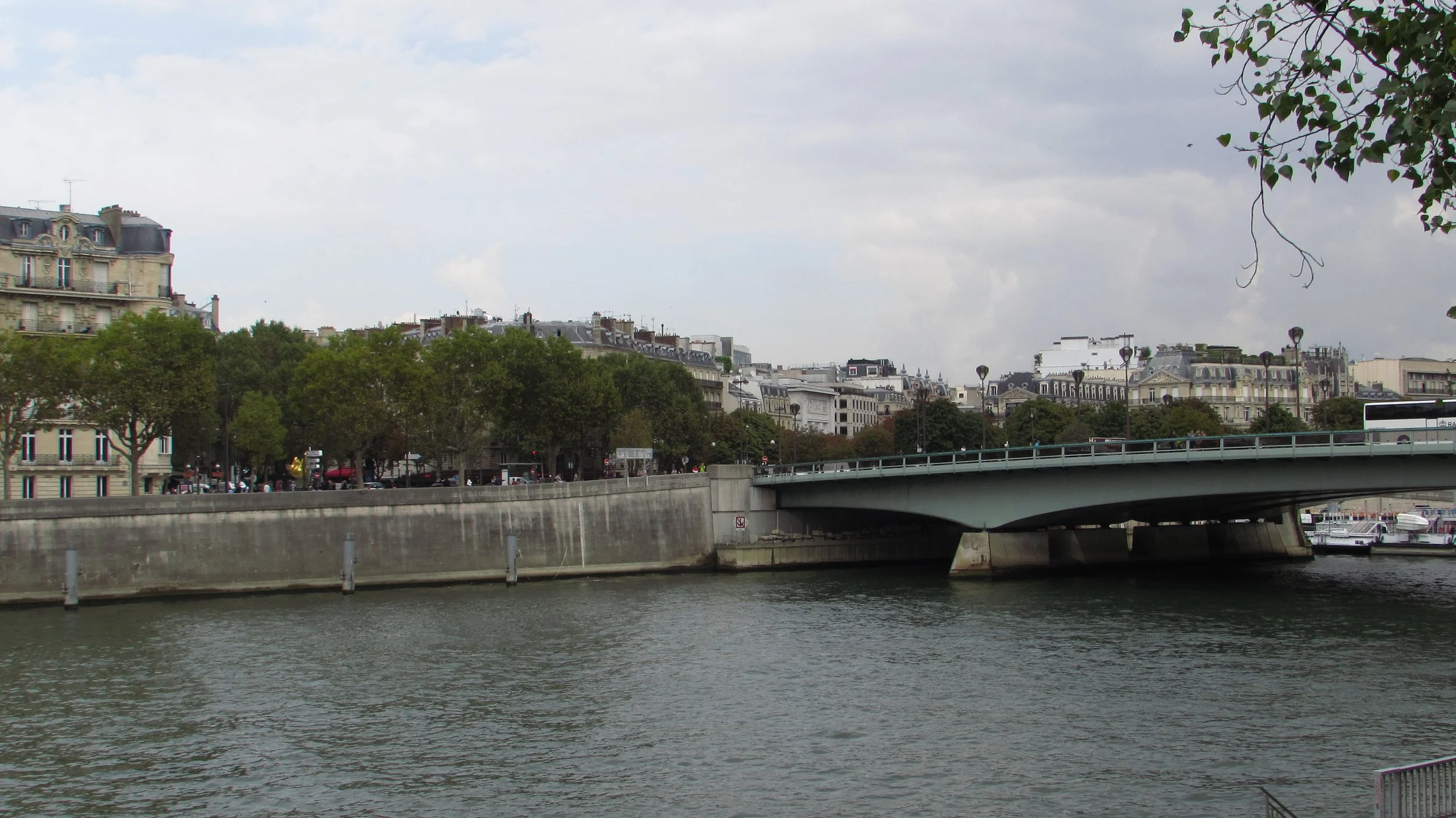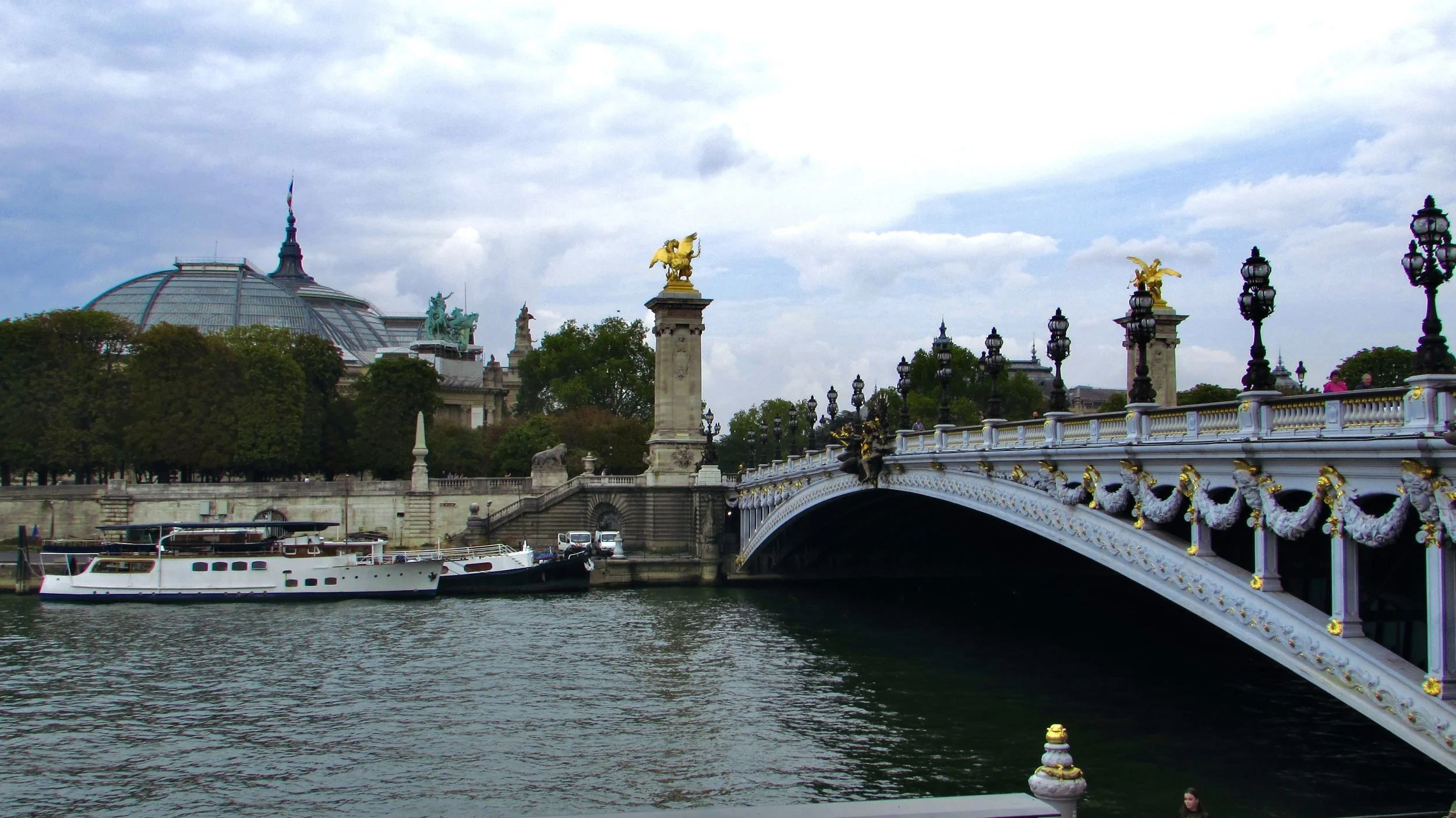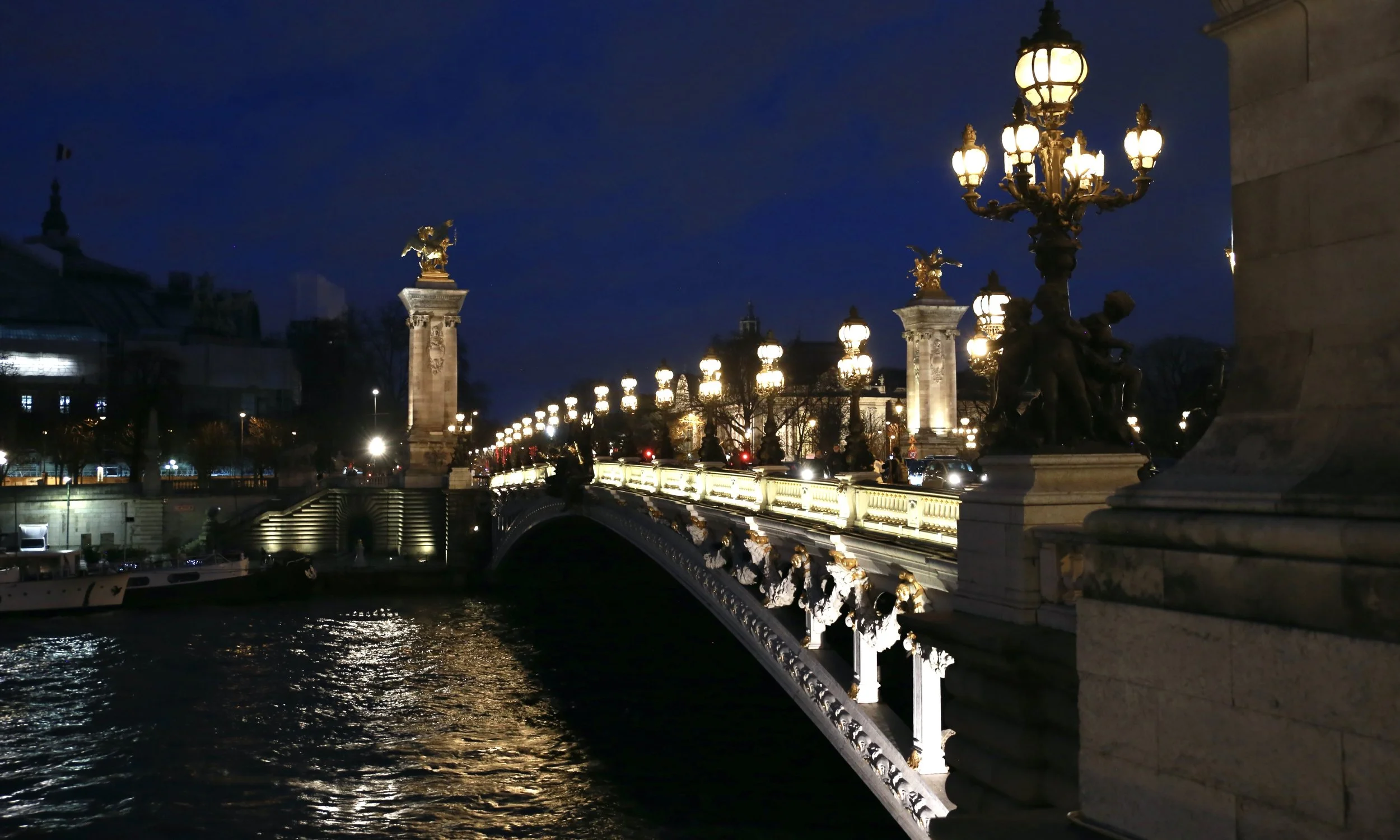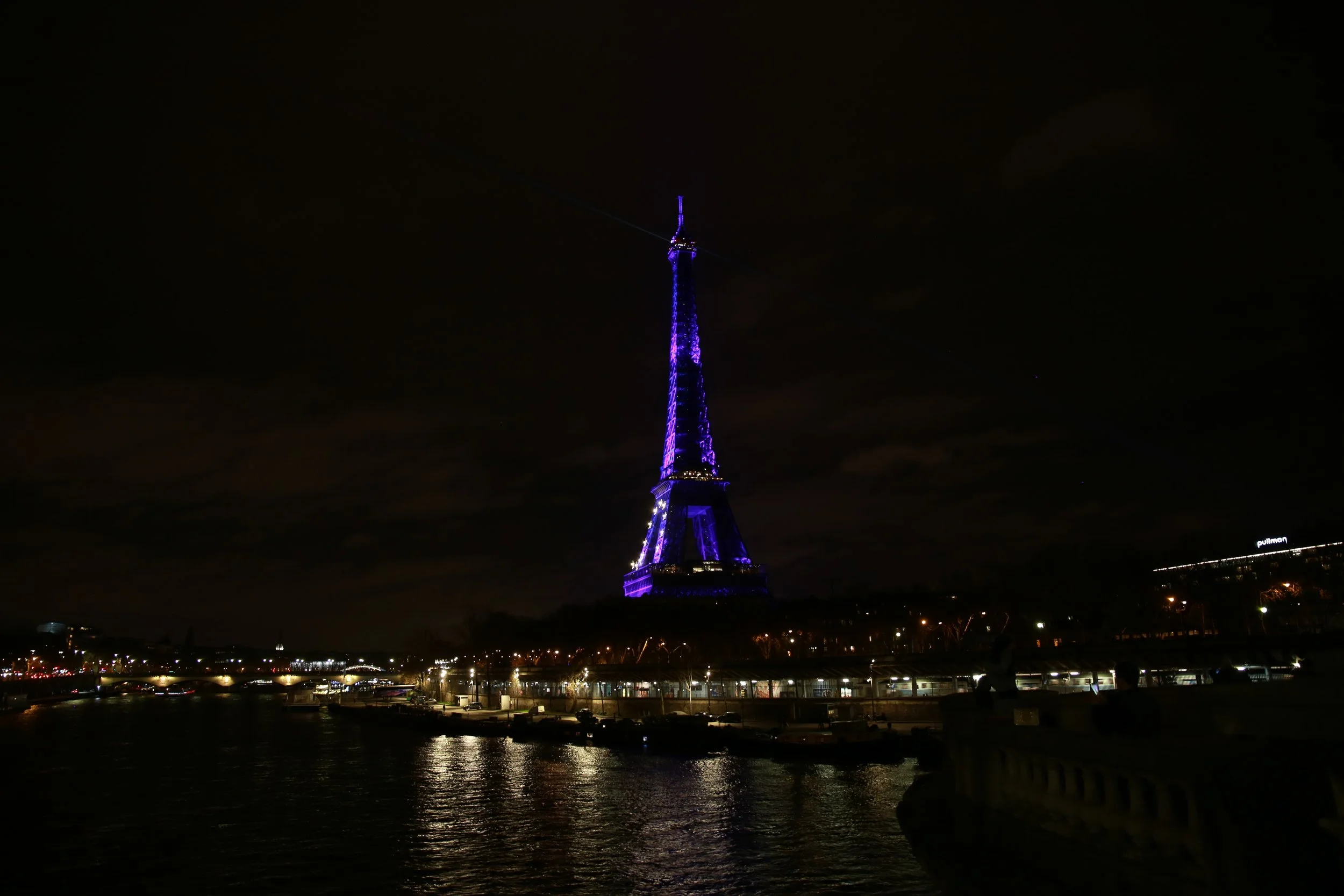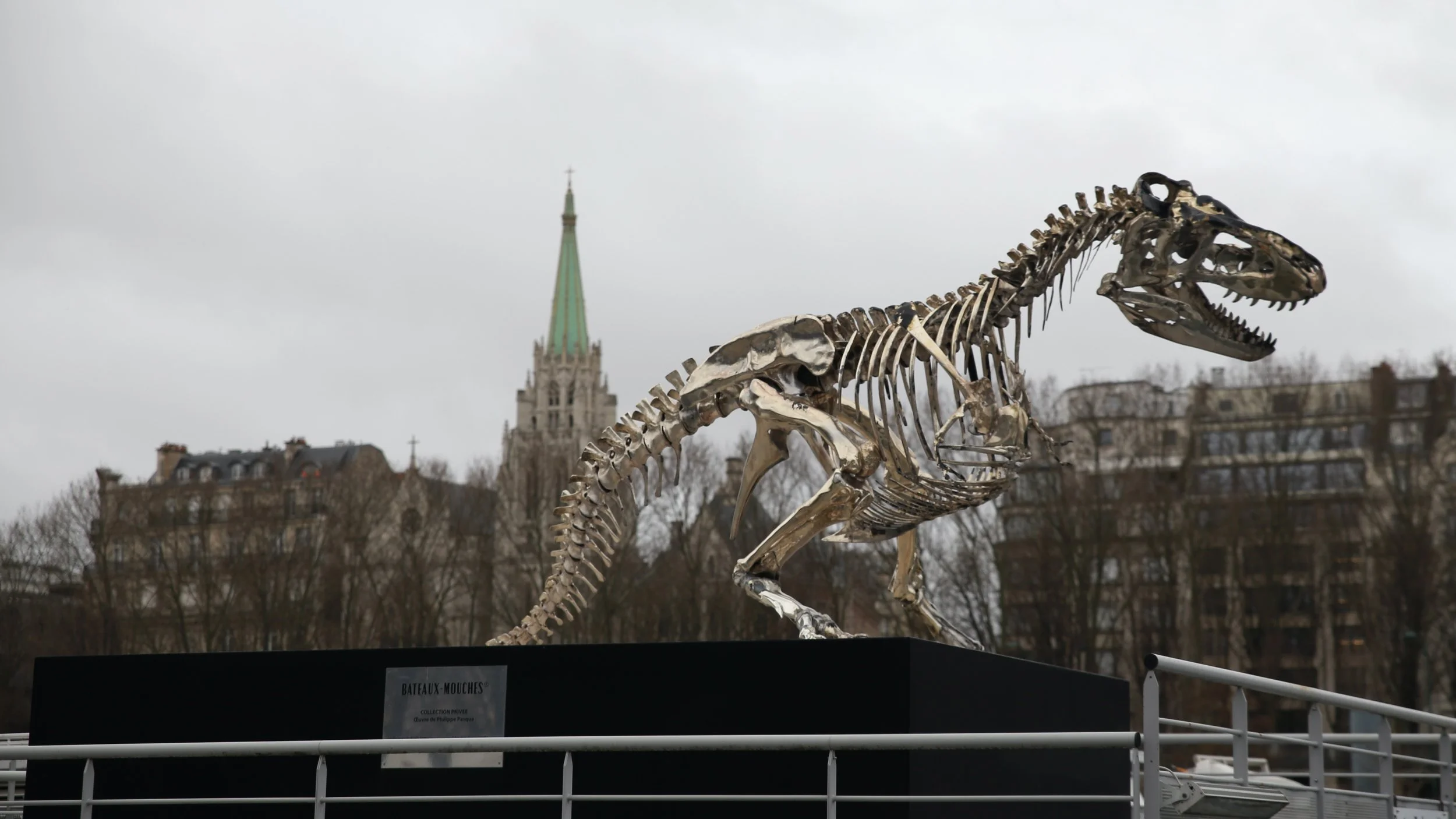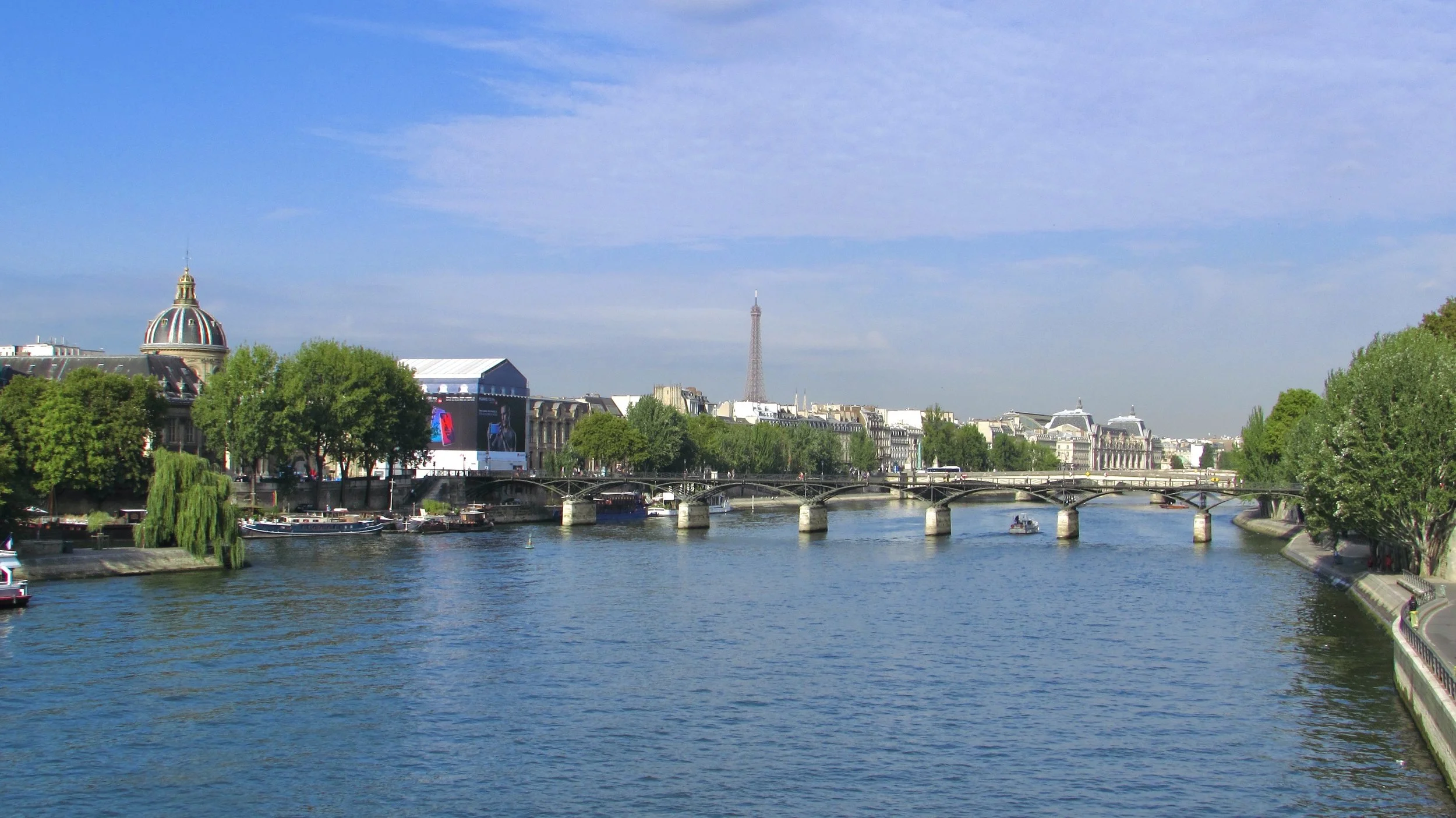
The Seine
The city of Paris would simply not be what it is today without the lifeline, the blood of the city that is the river known as the Seine. The very beginning of the city itself is on the île de la Cité (where Notre-Dame is) which is surrounded by the river, but not sunken by it. Hence the inscription on Paris’s coat of arms: She is buffeted by the waves but does not sink.
One of the best things you can do in the city, is simply walk the banks of the beautiful vein that is the Seine. You’ll see the Eiffel Tower, the museums, the palaces, the monuments, the people… I really cannot recommend enough to walk the river both below the streets and on them. Along the Seine is the Place du Trocadéro, Champs de Mars & the Eiffel Tower, the anthropology museum known as Musée du quai Branly-Jacques Chirac, Hôtel National des Invalides, Musée d'Orsay, Assemblée Nationale-Palais Bourbon, Place de la Concorde, Jardin des Tuileries, The Louvre, The Latin Quarter, Notre-Dame on the île de la Cité, and so much more.
There are plenty of opportunities to cross the river since there are 37 bridges in the city. Including my two favorite: Pont du Bir-Hakeim and Pont Alexandre III.
The Seine was apparently named by Gaius Julius Caesar as he triumphed over the Gauls and Parisii peoples. The name may come from the Gaulish word for their Goddess of the Sea: Sēquana. Although back then, and really up until a few hundred years ago, the river was almost 50 yards wider! The river empties into the English Channel and is 482 miles long. That English Channel bit was a problem during the heady days of the Viking Raids. I talked about that on the Notre-Dame page. Thankfully today, the river is not the toilet, garbage dump, and bath it once was. In 1765 a visitor to Paris wrote that the river was, “a dirty, nasty ditch of a river.” In 1862 a French poet even remarked that it was, “a muddy old snake.” Instead, we see it as the beautiful water highway and as the best way a tourist can see the grand majesty that is the City of Light.


